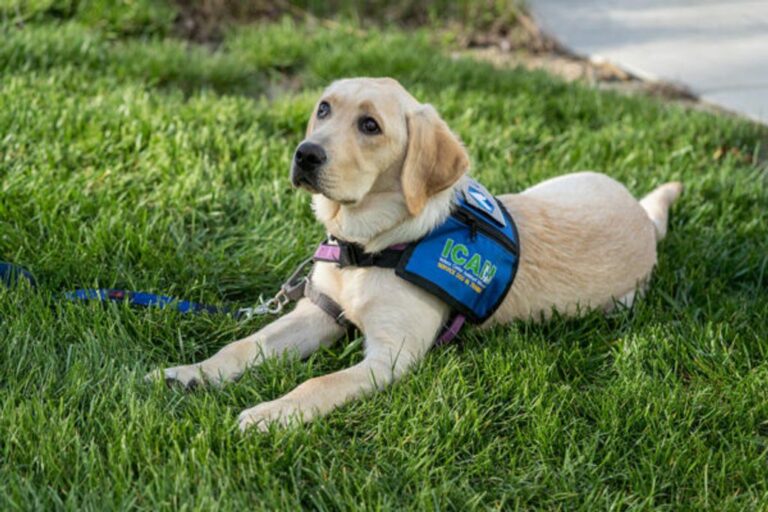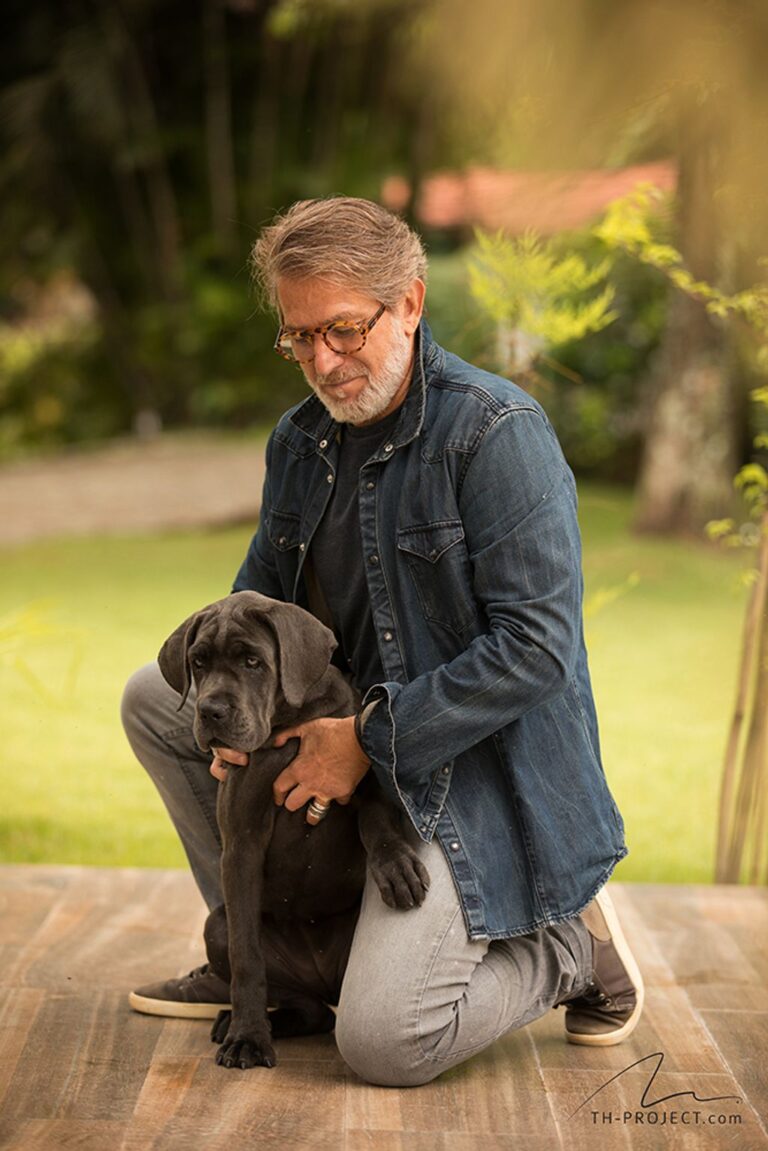Researching Dog Breeds: Important Factors to Consider Before Adoption
Before adopting a dog, it is important to thoroughly research different dog breeds to ensure that you find the perfect match for your lifestyle and preferences. There are several factors to consider, such as the size of the dog, energy levels, grooming needs, and temperament. Additionally, you should take into account your living space, activity level, family and children, and any allergies. Health and maintenance are also crucial aspects to consider, including common health issues, exercise and nutrition, veterinary care, and training. Finally, finding the perfect match involves conducting breed research, deciding between a rescue or breeder, meeting the dog, and going through the adoption process. By considering these important factors, you can ensure a successful and fulfilling adoption experience.
Key Takeaways
- Thoroughly research different dog breeds before adopting.
- Consider factors such as size, energy levels, grooming needs, and temperament.
- Take into account your living space, activity level, family and children, and any allergies.
- Pay attention to the common health issues of the breed and ensure proper exercise and nutrition.
- Conduct breed research, decide between a rescue or breeder, and go through the adoption process.
Choosing the Right Dog Breed

Size Matters
When it comes to choosing the right dog breed, size matters. The size of a dog can have a big impact on your daily life and living situation. Larger breeds may require more space and exercise, while smaller breeds may be more suitable for apartments or homes with limited space. It’s important to consider your living space and lifestyle when deciding on the size of the dog you want to adopt.
Energy Levels
When it comes to energy levels, research is key. Understanding the energy requirements of different dog breeds can help you find a furry friend that matches your lifestyle. Some breeds are known for their high energy levels and require plenty of exercise and mental stimulation. On the other hand, there are breeds that are more laid-back and don’t require as much activity. By doing your research, you can ensure that you choose a dog breed that fits your energy level and can keep up with your daily routine.
Grooming Needs
When considering the grooming needs of a dog, it’s important to take into account the type of coat they have. Some breeds have short, low-maintenance coats that only require occasional brushing, while others have long, luxurious coats that need daily grooming to prevent matting and tangling.
Additionally, regular bathing is necessary to keep your dog’s coat clean and healthy. The frequency of bathing will depend on the breed and their individual needs. It’s important to use dog-specific shampoos and conditioners to avoid skin irritation.
In some cases, professional grooming may be required. Breeds with thick or curly coats, such as Poodles or Bichon Frises, often benefit from regular visits to a professional groomer to maintain their coat’s appearance and health.
Remember, grooming is not just about keeping your dog looking good, but also about maintaining their overall hygiene and preventing skin issues. Regular grooming sessions can also be a great opportunity to bond with your furry friend!
Temperament and Personality
When considering a dog breed, temperament and personality are crucial factors to take into account. Every breed has its own unique set of traits and characteristics that determine how they will interact with their owners and the world around them. It’s important to find a breed that aligns with our preferences and lifestyle. Some breeds are known for being friendly and outgoing, while others may be more reserved or independent. Understanding the temperament and personality of a breed can help us make an informed decision about which dog will be the best fit for our family.
Consider Your Lifestyle

Living Space
When considering the living space for your new furry friend, it’s important to take into account the size of your home or apartment. Dogs come in all shapes and sizes, and some breeds are better suited for smaller spaces while others need room to roam. If you have a smaller living space, you might want to consider a small or medium-sized breed that doesn’t require a lot of room to run around.
If you have a larger living space, you have more options and can consider larger breeds that need more space to stretch their legs. However, it’s important to remember that even if you have a big backyard, all dogs need daily exercise to stay happy and healthy.
Here are a few things to consider when it comes to living space:
- Indoor vs. Outdoor: Some breeds are more suited for indoor living, while others thrive in outdoor environments. Think about whether you have a yard or access to outdoor spaces for your dog to play and explore.
- Apartment-Friendly Breeds: If you live in an apartment, you might want to consider breeds that are known to be apartment-friendly. These breeds are usually smaller in size and have lower exercise needs.
- Space for Activities: Dogs need space to play and engage in activities. Make sure you have enough room for your dog to move around comfortably and enjoy their favorite games.
Remember, the size of your living space is just one factor to consider when choosing a dog breed. It’s important to also think about your lifestyle, activity level, and other factors that will contribute to a happy and harmonious relationship with your new furry companion.
Activity Level
When considering the activity level of a dog breed, it’s important to think about how much exercise and playtime they require. Some breeds are more energetic and require a lot of physical activity, while others are more laid-back and content with a leisurely walk around the block. Finding a breed that matches your activity level is crucial to ensure a happy and healthy dog.
Family and Children
When considering a dog breed for our family and children, there are a few important factors we need to keep in mind. Compatibility is key, so we want to choose a breed that is known for being friendly and gentle with kids. It’s also important to consider the size of the dog, as some breeds may be too large or too small for young children to handle safely.
Another factor to consider is the energy level of the breed. We want a dog that can keep up with our active family, but not one that is too high-energy and demanding. Moderate energy breeds are often a good fit for families with children.
Grooming needs are also important to consider. Some breeds require regular grooming and maintenance, while others have low-maintenance coats. We need to choose a breed that fits our lifestyle and the amount of time we can dedicate to grooming.
Lastly, we want a breed that has a friendly and patient temperament. This is especially important when it comes to interacting with children. Breeds that are known for being patient, tolerant, and good with kids are ideal for families.
Allergies
When considering dog breeds, allergies can be an important factor to keep in mind. Some people may have allergies to dog dander, which can cause discomfort and allergic reactions. It’s essential to choose a breed that is hypoallergenic or has low shedding to minimize the risk of allergies. Breeds such as Poodles, Bichon Frises, and Portuguese Water Dogs are known for being hypoallergenic and are often recommended for individuals with allergies. These breeds have hair instead of fur, which reduces the amount of dander they produce. If you or someone in your family has allergies, it’s crucial to spend time with the dog before adoption to see if any allergic reactions occur.
Health and Maintenance

Common Health Issues
When considering a dog breed, it’s important to be aware of the common health issues that may affect them. While every breed is unique, some health issues are more prevalent in certain breeds. It’s essential to understand the potential health risks associated with a particular breed and take necessary precautions. Regular veterinary care and a balanced diet can help prevent or manage these health issues. Additionally, proper exercise and socialization are crucial for a dog’s overall well-being.
Exercise and Nutrition
When it comes to exercise and nutrition, it’s crucial to provide your dog with the right balance. Regular physical activity is essential for keeping your dog healthy and happy. This can include daily walks, playtime in the backyard, or interactive games. Exercise not only helps maintain a healthy weight, but it also stimulates their mind and prevents behavioral issues.
In terms of nutrition, it’s important to feed your dog a well-balanced diet that meets their specific needs. Consult with your veterinarian to determine the appropriate portion sizes and types of food for your dog’s age, size, and activity level. Remember, each dog is unique, so what works for one breed may not work for another.
To ensure your dog’s overall well-being, make sure to provide them with plenty of fresh water, and avoid feeding them table scraps or foods that are toxic to dogs. A healthy diet and regular exercise will contribute to a long and happy life for your furry friend.
Veterinary Care
When it comes to veterinary care, the well-being of our furry friends is our top priority. Regular check-ups and vaccinations are essential to ensure their health and happiness. It’s important to find a trusted veterinarian who can provide the necessary care and guidance for your dog. They can help with preventive measures, diagnose any health issues, and recommend appropriate treatments. Additionally, it’s crucial to stay up-to-date with your dog’s vaccinations to protect them from common diseases. Remember, a healthy dog is a happy dog!
Training and Socialization
When it comes to training and socialization, it is crucial to invest time and effort. Proper research is essential to understand the specific needs of your chosen breed. Each breed has its own unique characteristics and temperament, so it’s important to tailor your training approach accordingly. Positive reinforcement is highly recommended for effective training. Consistency and patience are key when it comes to teaching your dog new commands and behaviors.
Finding the Perfect Match

Breed Research
When it comes to breed research, there are a few important factors to consider. One of the key aspects is understanding the levels of care required for different dog breeds. Some breeds may require more intensive care and attention, while others may be more low-maintenance. It’s essential to assess your own capabilities and lifestyle to ensure you can provide the necessary care for your chosen breed. Additionally, researching the specific needs and characteristics of different breeds can help you find a dog that aligns with your preferences and lifestyle. By doing thorough breed research, you can make an informed decision and find the perfect match for you and your family.
Rescue or Breeder
When it comes to choosing where to get your new furry friend, there are a few options to consider. Rescue organizations are a great choice if you’re looking to give a dog a second chance at a loving home. These organizations often have a variety of breeds and mixed breeds available for adoption. On the other hand, if you have a specific breed in mind and want to ensure certain traits or characteristics, a breeder might be the way to go. Breeders specialize in breeding specific dog breeds and can provide you with a puppy that meets your preferences. It’s important to do your research and choose a reputable breeder or rescue organization to ensure the health and well-being of your future furry family member.
Meeting the Dog
When meeting a dog for the first time, it’s important to observe their behavior and body language. Interacting with the dog can give you a sense of their temperament and how they respond to different stimuli. It’s also crucial to ask questions about the dog’s background and health history. This information can help you understand any potential health issues the dog may have and determine if you are equipped to provide the necessary care. Additionally, spending time with the dog allows you to assess if there is a connection and if their energy level matches your lifestyle. Remember, finding the perfect match is about more than just looks!
Adoption Process
Once you have done your research and decided on the perfect dog breed for your family, it’s time to start the adoption process. This can be an exciting and rewarding experience, but it’s important to be prepared. Dog gear is an essential part of welcoming your new furry friend into your home. From a comfortable bed to toys and grooming supplies, having the right gear can make the transition smoother for both you and your new dog. It’s also a good idea to have a crate or a designated space for your dog to retreat to when they need some alone time. Remember, each dog is unique, so it’s important to consider their individual needs when selecting the right gear.
In Conclusion
Choosing the right dog breed is a big decision that requires careful consideration. By taking into account factors such as size, energy levels, grooming needs, and temperament, you can find a furry friend that fits perfectly into your lifestyle. It’s important to also consider your living space, activity level, family and children, and any allergies you may have. Additionally, don’t forget about the health and maintenance aspects, including common health issues, exercise and nutrition, veterinary care, and training and socialization. Once you’ve done your breed research, decided between a rescue or a breeder, and gone through the adoption process, you’ll be ready to meet your perfect match. So go ahead and embark on this exciting journey of finding your new best friend!
Frequently Asked Questions
What size dog should I choose?
The size of the dog should be based on your living space and lifestyle. If you have a small apartment or limited outdoor space, a smaller dog breed may be more suitable. However, if you have a larger home or enjoy outdoor activities, a larger dog breed may be a better fit.
How much exercise does a dog need?
The amount of exercise a dog needs depends on its breed and energy level. Generally, dogs should have at least 30 minutes to 2 hours of exercise each day. Higher energy breeds may require more exercise to prevent boredom and destructive behavior.
Are certain dog breeds more prone to health issues?
Yes, certain dog breeds are more prone to specific health issues. It is important to research the breed you are interested in to understand any potential health risks. Regular veterinary care and a healthy lifestyle can help prevent or manage these issues.
Should I adopt from a rescue or buy from a breeder?
Both options have their pros and cons. Adopting from a rescue can give a dog a second chance at a loving home and is often more affordable. Buying from a breeder allows you to choose a specific breed and lineage. Consider your preferences and values when making this decision.
What is the adoption process like?
The adoption process varies depending on the organization or breeder. It typically involves filling out an application, meeting the dog, and potentially a home visit. Some organizations may require references or a background check. It is important to be prepared for the process and follow any requirements.
How do I introduce a new dog to my family?
Introducing a new dog to your family should be done gradually and with care. Allow the dog to adjust to its new environment and establish a routine. Supervise interactions between the dog and family members, especially children, and provide positive reinforcement and training to ensure a smooth transition.







One Comment